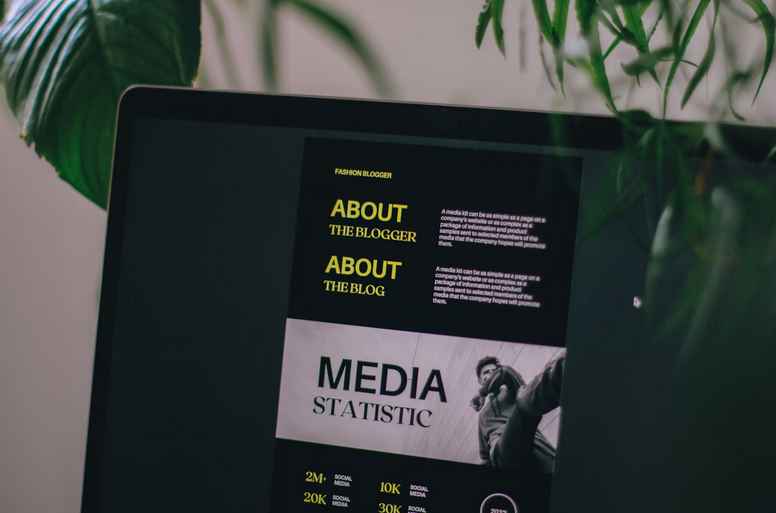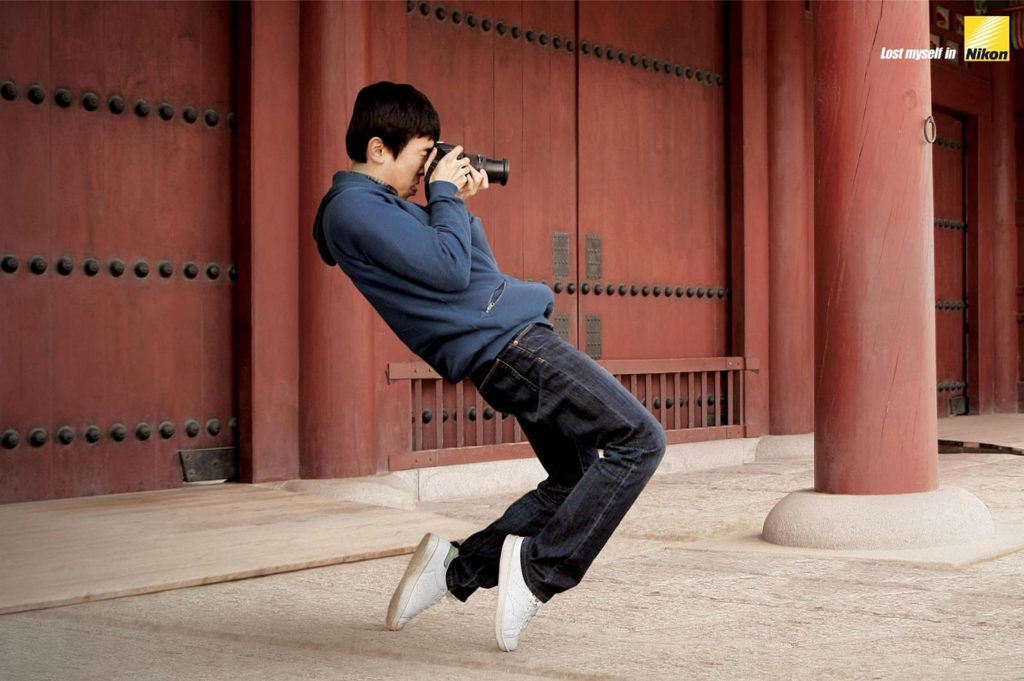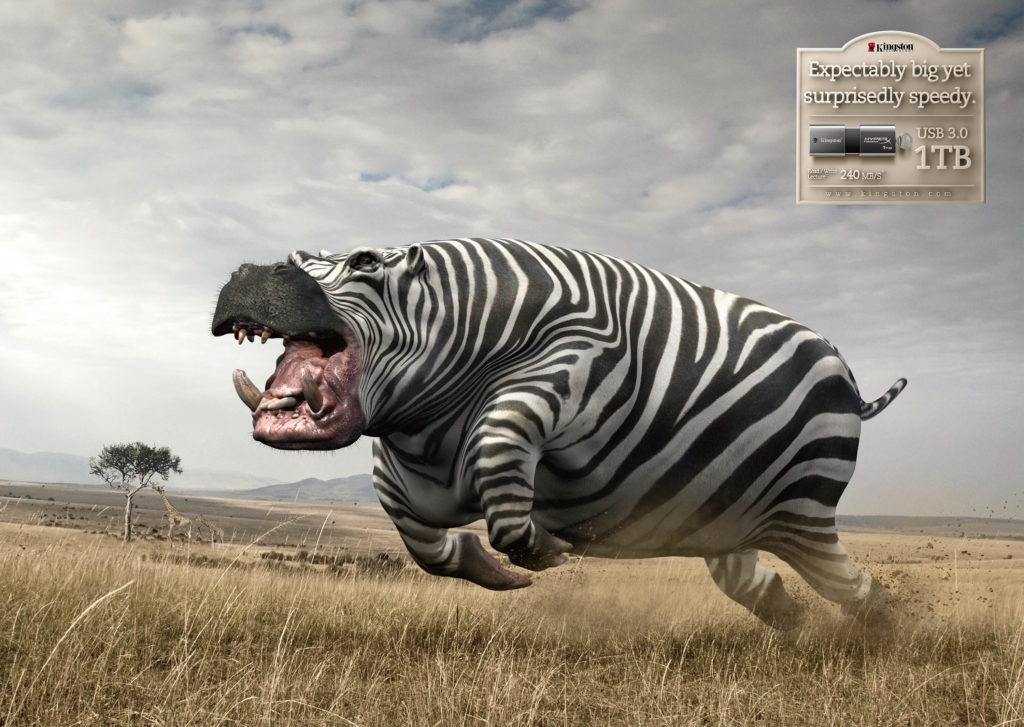How Generative AI Is Reshaping Creative Industries

The rise of generative AI is transforming the creative world in ways that once seemed impossible. Once the exclusive domain of human imagination, fields like music, design, art, and storytelling are now seeing a powerful collaboration between technology and creativity. From tools that generate visual art in seconds to AI models that compose music or write screenplays, generative AI is not just a novelty—it’s becoming an essential part of modern creative workflows. As these technologies mature, they are redefining how ideas are conceived, refined, and shared across industries.
A New Era of Artistic Collaboration
Generative AI isn’t replacing human artists—it’s empowering them. Graphic designers can use AI to quickly generate concept drafts, experiment with different styles, or enhance visuals through smart suggestions. Writers are using AI to brainstorm plotlines, edit prose, or generate character dialogue. Even musicians are experimenting with AI-generated melodies or harmonies to break creative blocks. This fusion of machine intelligence and human direction speeds up the creative process while unlocking new forms of expression that might not have been possible before.
Democratizing Access to Creativity
One of the most powerful aspects of generative AI is how it lowers the barrier to entry for creative work. People with limited technical or artistic training can now use intuitive platforms to produce professional-looking visuals, compelling music, or even complex animations. This has created space for new voices to emerge—people who may not have had access to expensive tools or formal education can now bring their ideas to life with just a few prompts. As a result, creative industries are seeing an influx of diverse perspectives and bold experimentation.
Transforming Media, Advertising, and Design

In marketing and media, generative AI is streamlining workflows and unlocking personalization at scale. Brands can now create multiple versions of ads, tailored to specific audiences, using AI-generated text, visuals, and even voices. In fashion, AI is helping designers visualize entire collections and trends before production. In architecture and product design, it’s speeding up prototyping and ideation, offering endless variations that clients can review in real time. These applications are turning AI into a creative partner, not just a productivity tool.
Challenges and Ethical Questions
As generative AI becomes more embedded in the creative process, it also raises questions about originality, ownership, and ethics. Who owns an AI-generated image? How should artists be credited if their work is used to train these models? What are the limits of creative authenticity when machines play such a central role? These are ongoing conversations in the industry, as creatives, developers, and regulators work together to set standards that balance innovation with fairness and integrity.
Generative AI is not just a trend—it’s a transformative force reshaping the foundation of creative industries. Combining machine efficiency with human insight opens new doors for experimentation, collaboration, and expression. While challenges around ethics and authorship remain, the benefits of enhanced accessibility, accelerated creativity, and global inclusivity make it clear that generative AI is here to stay—and its role in shaping the future of creativity is only just beginning.…


